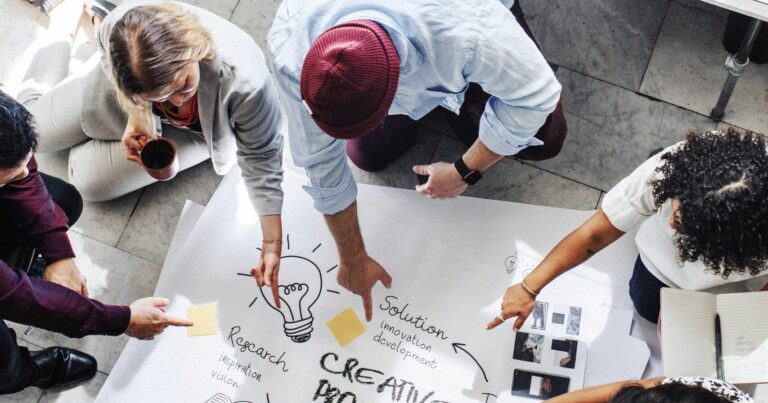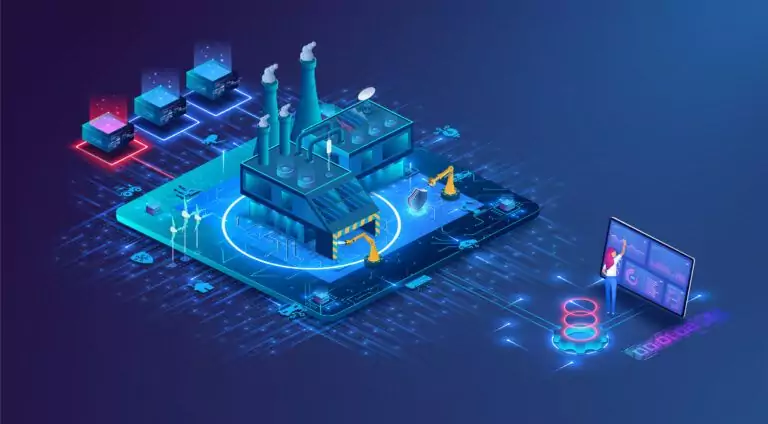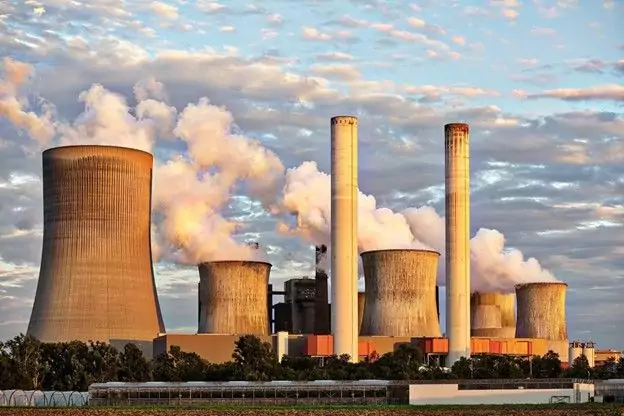Making the right decisions at the right time and mitigating risk is nothing new to energy industry professionals. There will be lots of decisions to make in 2024 and beyond as the energy industry transforms. For example, the energy industry in the U.S., and indirectly in Canada and globally, is about to witness changes as a result of the billions of dollars for projects included in the CHIPS Act, the Inflation Reduction Act (IRA,) and the Infrastructure Investment and Jobs Act (IIJA).
According to a report by Deloitte, the energy sector can continue to expect effects from geopolitics, macroeconomic variables (like materials cost and high interest rates), innovation, and evolution in the regulatory and policy landscape.
Operating in this environment requires efficient use of resources and stellar collaboration. That brings us to the stage-gate approach and how its implementation in energy projects can be a reliable path to successful outcomes.
What is the stage-gate approach?
The stage-gate development approach is a methodology designed to track spending before committing to investment and cutting down on unpredictability for more desirable outcomes. The approach is widely used across industries that leverage industrial capital for projects, including mining, energy, pharmaceuticals, energy, infrastructure, and more.
The idea is to divide a project into different phases or decision points, analyze the proposition, resources, risks, forecast, and find the best path forward.
Key elements of the stage-gate approach
To understand the approach better, it is worth going through its components. When boiled down to its key components, the stage-gate approach is a way to gauge the viability of an opportunity, explore alternatives, settle on an idea, and then execute the project.
The approach breaks down into the following steps:
- Stage 1– A business opportunity is identified; this opportunity could come from changes in the industry, such as policy changes. This step clearly defines the idea, including the problem the business wants to solve. It is at this stage that all subsequent activities of the project are outlined.
- Stage 2– Once the idea is put forward, the business can develop and consider other solutions. A concept is developed during this stage, or the decision is made to continue or stop the investment.
- Stage 3– If the decision to execute is made, plans are put in motion to extensively detail the engineering and execution for easier cost, scheduling, and outcome estimations.
- Step 4– The next step is procurement, transportation, construction, and testing of all facilities. During this stage, the custody and control of the facility is transferred to the organization that will operate it.
- Step 5– This is the final stage where operations begin. It represents the lifecycle of the asset, during which there will be projects to figure out, expand, renew, or upgrade, each with its stage-gate approaches.
The model works because the thinking is that dividing a project into stages means every stage can be optimized to yield better results.
Applications and benefits

Energy projects can apply stage-gate methodology to various projects in 2024 and beyond. Some of the primary applications can include:
- Developing and deploying new and innovative technologies such as carbon capture and storage, hydrogen, and digital twins.
- Enhancing the resilience and security of the energy grid, including pipelines and refineries, to meet uncertainty and variability in energy supply and demand.
- Optimizing the performance and profitability of existing and new energy assets, including renewable, fossil fuel, and nuclear energy.
These are only some of the major applications. To understand how it helps with outcomes, it is worth exploring the benefits of using the stage-gate approach.
1. Risk mitigation
The stage-gate approach can help energy companies identify and manage their projects’ technical, environmental, financial, social, and operational risks. Stage-gate reviews allow companies to evaluate the viability and desirability of their projects to make informed decisions before committing resources to them. It is an efficient way to know when to proceed, change, or terminate a project.
2. Efficient resource use
Allocating resources after exploring viability and feasibility options tend to lead to better outcomes for everyone and helps allocate resources to move the business forward. In this case, resources include human, capital, material, and time.
Defining each stage’s scope, objectives, and deliverables allows the projects to plan and budget resources in a way that avoids waste and redoing work.
3. Project success
With the increased level of confidence that comes with stage-gating a project, success becomes more likely. Companies can deliver high-quality projects on time, within budget, and for optimum customer satisfaction.
By following a structured and disciplined process, a company improves the collaboration of teams and stakeholders, engineering outcomes, and innovation within the organization.
4. Flexibility
Energy companies cannot afford to have projects that burn money without an easy way to pivot or back out. As we have mentioned several times, stage-gating is supposed to prevent this.
To adapt to the evolving and changing energy market and customers, companies must incorporate feedback and learning from each gate to adjust the scope, objectives, and requirements to respond to snags or opportunities.
5. Cross-functional teams

Complex projects often require innovation and rely on input from all stakeholders. As such, all teams must collaborate to meet time-to-market timetables and increase the project success rates. That is why project leads seek to create genuinely cross-functional teams, a well-documented ingredient of success.
By involving everyone in gate decisions and reviews, companies can ensure they get all the relevant input and foster buy-in and trust for a more transparent process.
The benefits do not end here but illustrate what the stage-gate approach can bring to a company.
The stage-gate approach can be your way to success in energy projects
As the world’s industries digitalize, use innovative technologies, and accelerate their processes, the energy industry cannot be left behind. Efforts to decarbonize, for instance, would benefit significantly from better and more assured use of resources, cleaner initiatives that account for their impact throughout the process, and a time-to-market that reflects the urgency surrounding climate change.
The decision to stage-gate often depends on things like project cost, size, complexity, infrastructure, and the requirements of the funding mechanism. The stage-gate approach can help energy projects ensure success in 2024 and beyond when used with other innovations.
Looking for some industrial engineering help?
Vista Projects is an integrated engineering services firm able to assist with your system integration and engineering projects. With offices in Calgary, Alberta, Houston, Texas, and Muscat, Oman, we help clients tailor engineering phases for the unique needs of their projects. Contact us today!
Vista Projects applies a traditional front-end loading (FEL) model of project development, with clear delineated phases and gated approaches. For clients who want to perform similar design development but have requirements for a streamlined schedule or want to reduce the cost of engineering, Vista has ample experience utilizing a data-centricA data-centric outlook is a core concept in digital project execution architecture where data is viewed as the most important and perpetual ... approach which allows activities to be fully performed but with more overlap.









